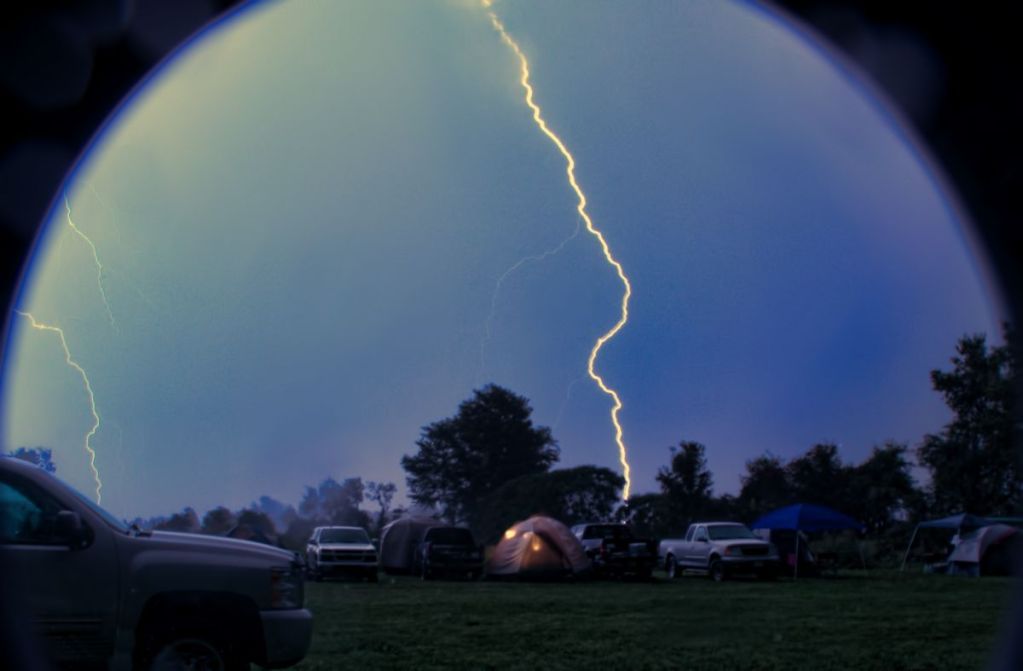So I shot in a light rainstorm the other night. It was pretty cool. Every time beads of water would start forming, I wiped the camera off with a cloth and kept blasting away at things. I don't know why I didn't think, "rain+camera=bad", but the thing took it like a champ. I put it out to dry and everything is fine with the gear.
I know the "weather sealing" on this camera is decent. No D4, but still pretty good from what I've read so far.
So, what's the worst scenario you and your D7K have gone through and still survived intact?
I know the "weather sealing" on this camera is decent. No D4, but still pretty good from what I've read so far.
So, what's the worst scenario you and your D7K have gone through and still survived intact?

